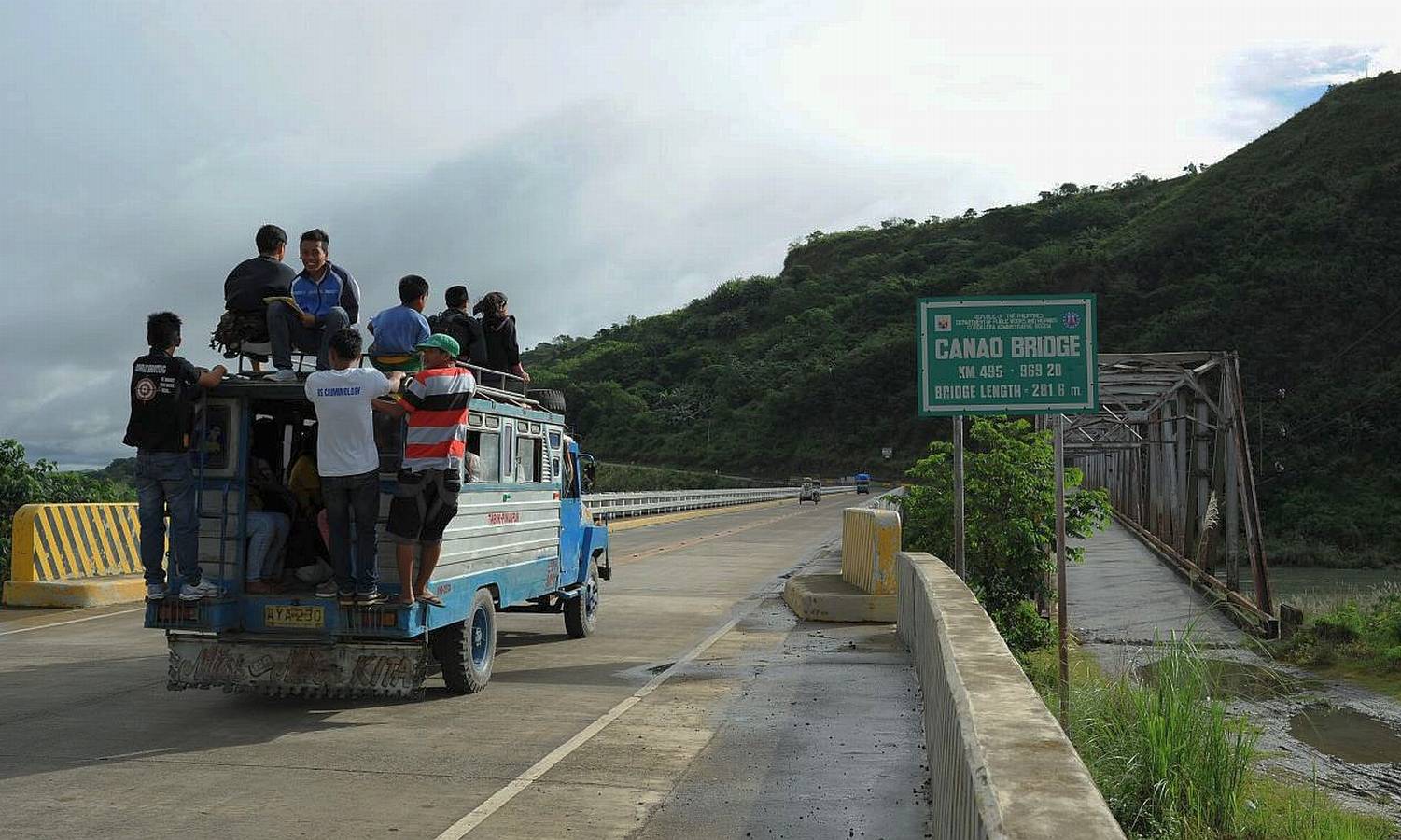
This northern Cordillera province can be reached through the Canao Bridge leading to its capital, Tabuk City, shown in this 2014 photo. EV ESPIRITU/FILE PHOTO
BAGUIO CITY, Philippines — The Cordillera is updating its five-year energy master plan to fast-track renewable energy projects that would harness its river systems and geothermal assets and help improve the country’s power reserves, according to the National Economic and Development Authority (Neda).
In 2022, the Cordillera Regional Development Council (RDC) voted to prioritize key projects that tap hydroelectricity, geothermal power and the Cordillera’s other green energy potentials in the provinces of Ifugao, Kalinga, Apayao, Abra, Benguet and Mountain Province, said Jose Dado, Neda assistant regional director, during a recent economic briefing.
READ: Cordillera power co-ops eye renewable energy to cut rates
The government, Dado said, has also compiled a list of investors who have shown an interest in building renewable energy plants across the Cordillera, which serves as the watershed cradle of northern Luzon.
These investors participated in a renewable energy investment forum here in November last year, where the Department of Energy (DOE) reported that it had awarded 96 green energy projects in the Cordillera across the years.
At least 4,459.15 megawatts of electricity are expected to be generated by these projects.
The headwaters of 13 Luzon river systems are in the mountain region and could generate as much as 3,600 MW of hydropower, which represents 27 percent of the country’s hydropower potential, although only 5 percent has been exploited.
Back in 2008, Neda mapped out the region’s energy prospects, most of which could be put up in Apayao (1,328 MW), followed by Abra (671 MW) and Kalinga (602 MW). Hydropower could also be developed in Ifugao (154 MW), Mountain Province (297 MW) and Benguet (535 MW).
Old dams
Two of the country’s major hydroelectric power plants — the Ambuklao and Binga dams, built almost 70 years ago — are operating in Benguet. Magat Dam is another electricity producer that straddles the Ifugao and Isabela provinces.
The Cordillera’s push for renewable power was first advocated by Apayao governor and RDC chair Elias Bulut Jr. in 2022 and was endorsed last year by Socioeconomic Planning Secretary Arsenio Balisacan, but it remained a private-led initiative, Dado said.
Neda and the RDC have been collaborating with the DOE on improving and easing the application and regulatory processes, such as the institutionalization of a more efficient permitting mechanism, to speed up energy projects without compromising ancestral domain rights or the region’s environment, Dado said.
“Many potential energy projects are in ancestral domains, protected areas and watersheds,” he said, which mandates investors to consult with ancestral land owners and to secure their free, prior and informed consent (FPIC).
Dado said investors had cited the FPIC process among the regulatory requirements that constrained energy projects in the past.
The RDC, he said, will study “business models” that will grant Cordillera ancestral domain owners and neighboring communities more benefits and active participation in these projects, including the management of watersheds that sustain hydropower generation.